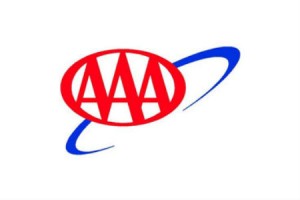
“These new vehicle technologies can be valuable for eager car buyers,” says Martha Mitchell Meade, AAA Mid-Atlantic Manager of Public and Government Affairs. “Motorists must understand however, that these new technologies have their limitations and to stay fully engaged while behind-the-wheel.” added Meade.
The National Highway Traffic Safety Administration’s New Car Assessment Program highlights crash-avoidance technologies “to help consumers buy a safer car.” These systems can alert a driver to a potential crash, adjust the vehicle’s pace to maintain a pre-set speed, and even brake independently to avoid a collision. Automakers are ramping up ADAS deployment to maximize safety benefits, increasing motorist exposure to autonomous systems.
To better understand how adaptive cruise control and autonomous braking function, AAA conducted test-track simulations consisting of a variety of typical commuting scenarios. Overall, the simulations demonstrated that adaptive cruise control did a good job of maintaining a specified following distance when traveling behind slower-moving vehicles in a highway setting.
However, autonomous braking systems did not always recognize obstacles, provide a warning signal or engage the brakes to slow or stop the vehicle.
Additionally, AAA’s research team observed:
- Adaptive cruise control systems performed best when following more closely than AAA’s recommended three-second rule.
- Tracking a vehicle at highway speeds while navigating a mild curve was unexpectedly difficult, but improved when following distance was reduced.
- The ability to recognize obstacles varied between vehicles. The owner’s manuals for these vehicles warn that the systems may not recognize or react to motorcycles, a stopped vehicle, traffic cones or other obstructions.
Automakers have noted system limitations in owner’s manuals; but there are many indications that motorists often do not fully read the manual. Television commercials highlight capabilities without any indication of system limitations, and that input is the primary source of motorist knowledge about what these systems can do.
AAA suggests safety gaps could be reduced if:
- Automakers enhance communication to make clear and obvious the limitations of these systems.
- Motorists become thoroughly familiar with all the technology in their car including advanced driver assistance systems before operating the vehicle.










